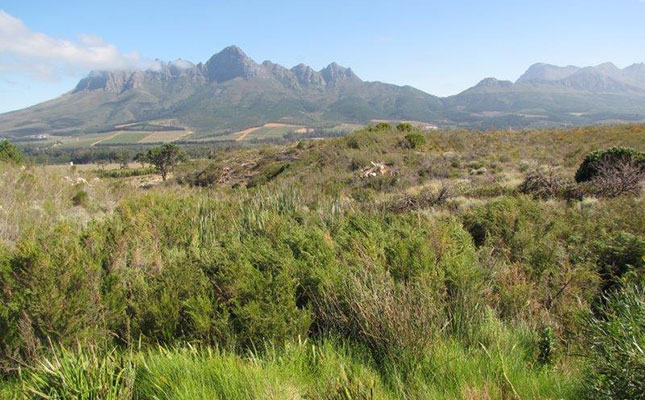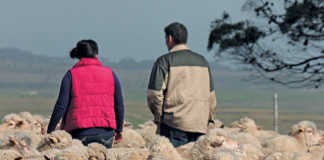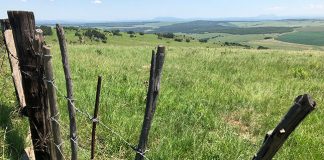
Photo: Vergelegen
A project that began in 2004 at Vergelegen Wine Estate, Western Cape will be completed by October this year.
The rehabilitated area of 2 200ha, consisting of mostly Boland granite fynbos, will be declared a private nature reserve, and the possibility of public access is being investigated.
Speaking to Farmer’s Weekly, Leslie Naidoo, commercial and risk manager for Vergelegen, said a wildfire had swept through the farm in 1997. Utilising funds from the wine business, Vergelegen Wines started an alien vegetation clearing programme and a successful rehabilitation of 140ha.
At a board meeting in 2001, owners Anglo American took a decision to extend the programme to rehabilitate 2 200ha of land invaded by alien plants.
Besides Boland granite fynbos, 15ha comprise of critically endangered Lourensford alluvium fynbos, and 105ha of critically endangered Swartland shale renosterveld that had also been uncovered on the farm. About 21 known Red Data plant species occur within this vegetation type.
The project created about 230 jobs, and workers have been trained in skills such as chainsaw operation, bush cutting, hand-picking alien seedlings, herbicide application and first aid. The labour was sourced among previously unemployed and untrained people from surrounding communities, Naidoo said.
Prior to Anglo American purchasing the estate in 1987, activities such as the planting of pine plantations, the running of acacia and eucalyptus woodlots, and agricultural development had opened pathways for alien plant invasion.
More than 80% of the farm’s natural veld was invaded by pine on the higher slopes, with acacia and eucalyptus species in the low-land area, Naidoo said.
“As alien vegetation uses 50 to 800 times more water than fynbos, reducing the alien vegetation boosted water flow at Vergelegen, and wetland areas and natural vegetation re-emerged,” Naidoo said.
The farm’s alien vegetation control programme is believed to be the largest private conservation undertaking in the country.
The estate now conducts monthly bird counts (using infrared camera systems) and monitors wildlife movement. Species such as the Cape leopard, caracal, grey rhebok and spotted genet are regularly viewed on the footage.












